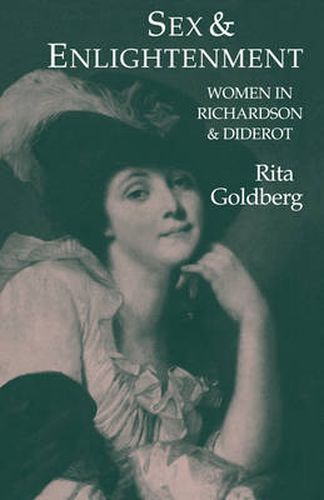Readings Newsletter
Become a Readings Member to make your shopping experience even easier.
Sign in or sign up for free!
You’re not far away from qualifying for FREE standard shipping within Australia
You’ve qualified for FREE standard shipping within Australia
The cart is loading…






Dr Goldberg argues that Samuel Richardson had expressed a powerful and hitherto unperceived sexual mythology in Clarissa, making it the popular masterpiece it quickly became. There had never before been a work of literature in which the rape of a woman became the moral indictment of an age. Clarissa was a book which changed minds. It is not surprising that Diderot, the French philosophe, drew on Richardson as the inspiration for his own novel, La Religieuse. Richardson’s novels had achieved Diderot’s declared aim as editor of the great Encyclopedie: to change the way people think. For both writers it had become clear that the boudoir had replaced the Puritan closet and the Catholic confessional as the location for tests of virtue. Dr Goldberg offers an original, comparative reading of the works of these French and English innovators. She leaves us in little doubt that our understanding of what it means to be a woman in our culture owes much to the turbulent world of Richardson and Diderot.
$9.00 standard shipping within Australia
FREE standard shipping within Australia for orders over $100.00
Express & International shipping calculated at checkout
Dr Goldberg argues that Samuel Richardson had expressed a powerful and hitherto unperceived sexual mythology in Clarissa, making it the popular masterpiece it quickly became. There had never before been a work of literature in which the rape of a woman became the moral indictment of an age. Clarissa was a book which changed minds. It is not surprising that Diderot, the French philosophe, drew on Richardson as the inspiration for his own novel, La Religieuse. Richardson’s novels had achieved Diderot’s declared aim as editor of the great Encyclopedie: to change the way people think. For both writers it had become clear that the boudoir had replaced the Puritan closet and the Catholic confessional as the location for tests of virtue. Dr Goldberg offers an original, comparative reading of the works of these French and English innovators. She leaves us in little doubt that our understanding of what it means to be a woman in our culture owes much to the turbulent world of Richardson and Diderot.